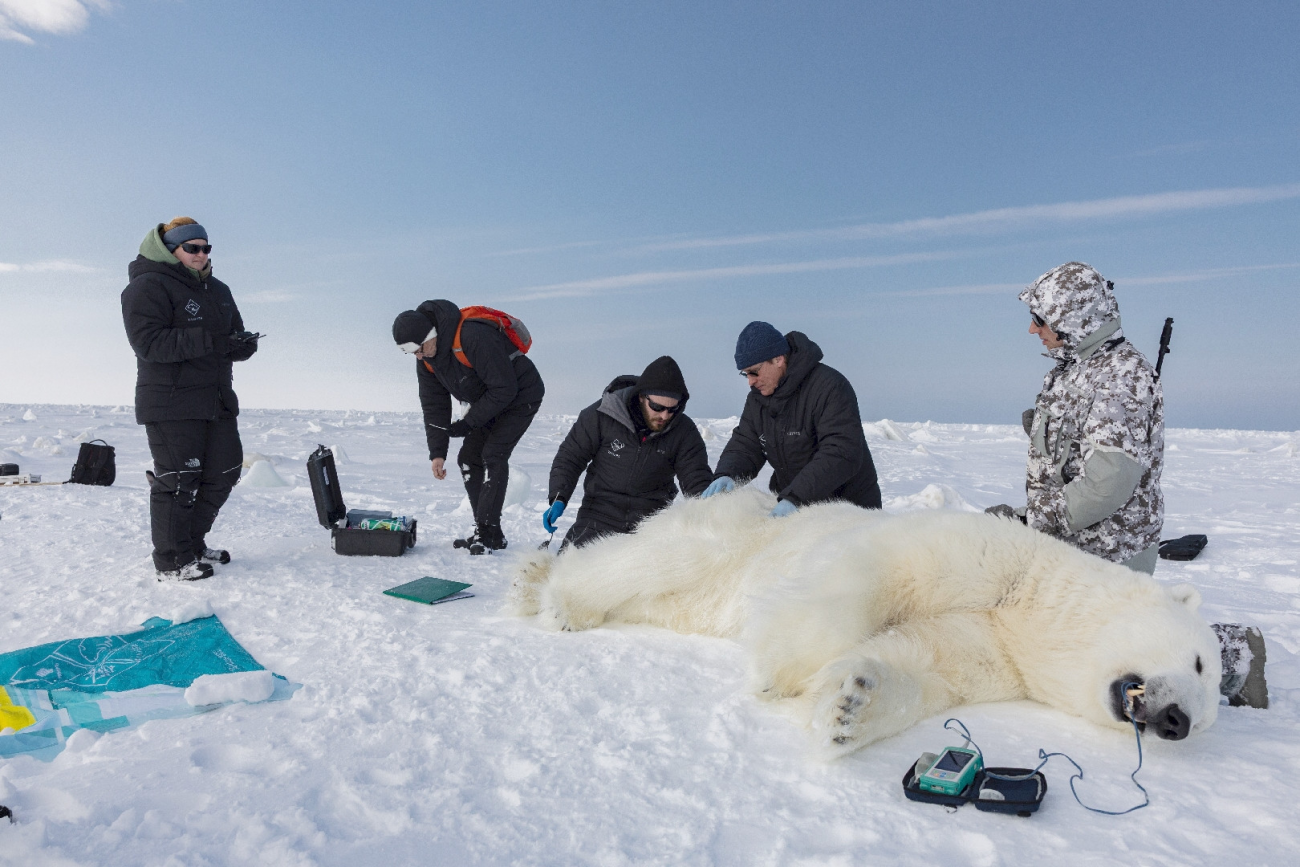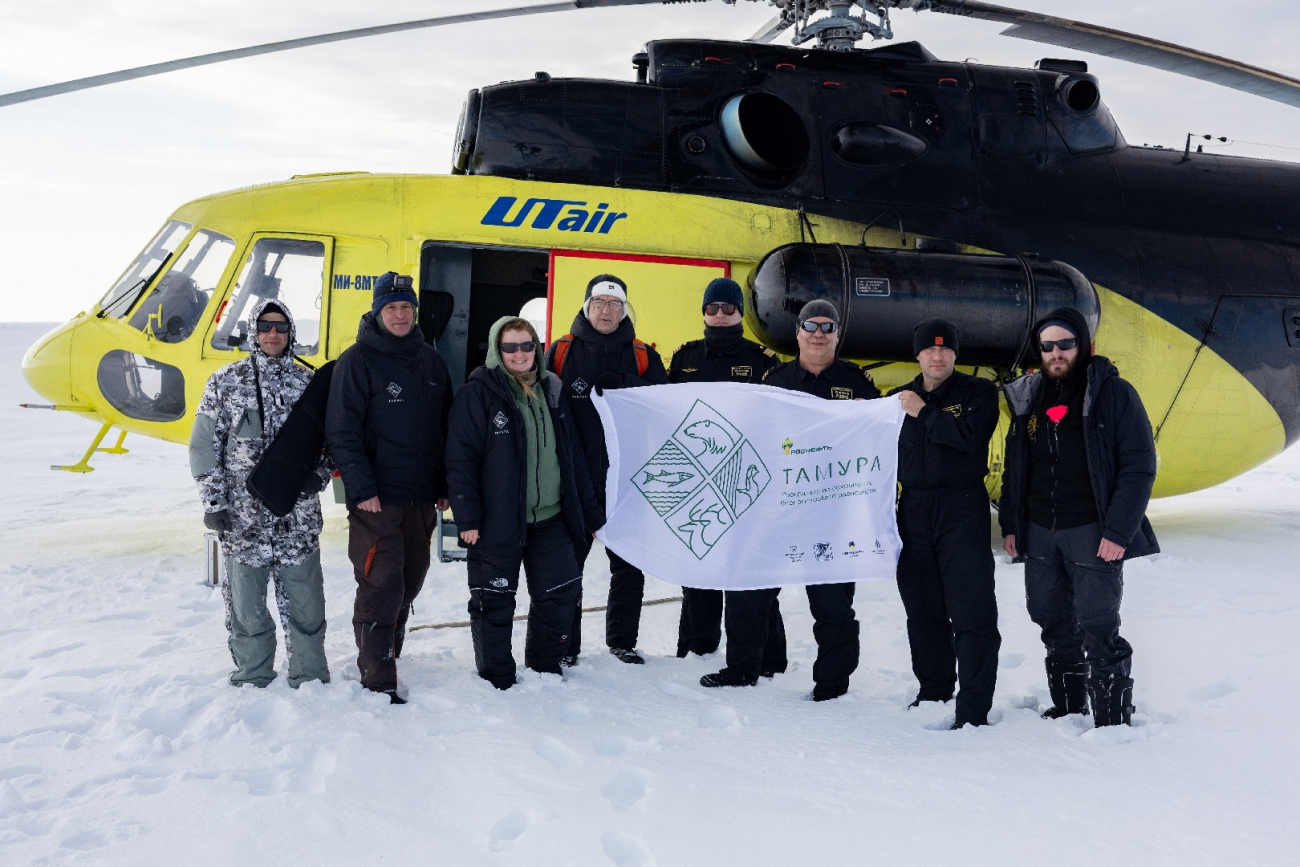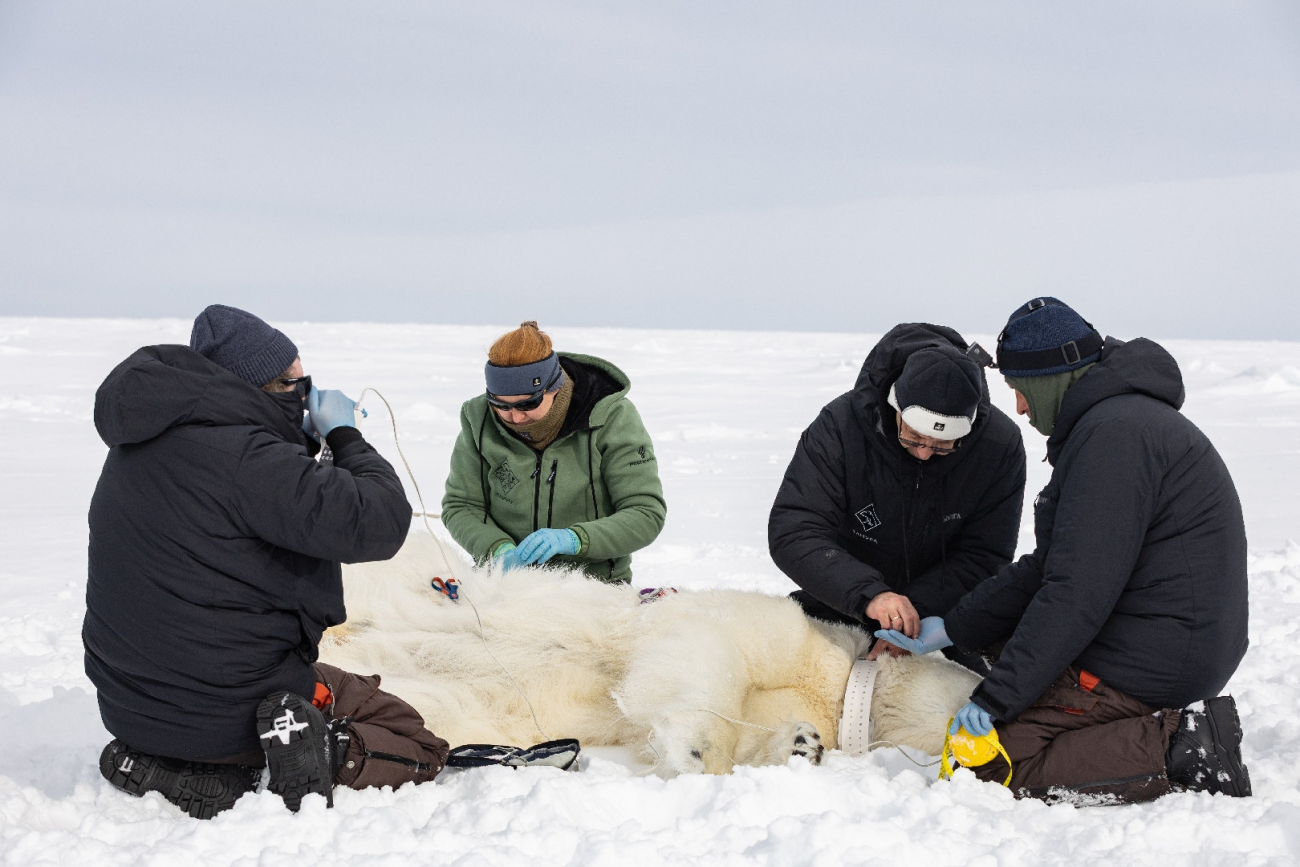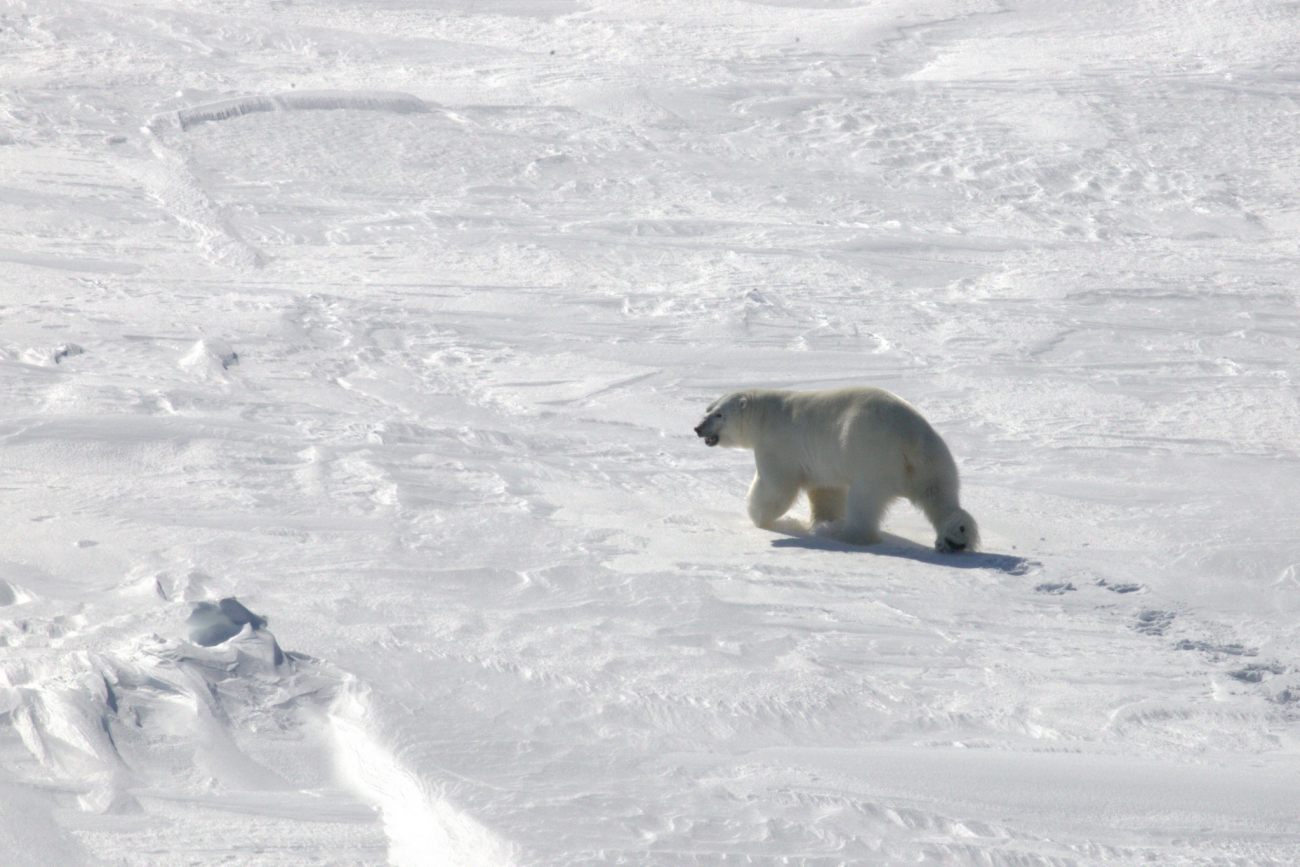
As part of the corporate program of PJSC NK Rosneft for the conservation of Arctic biological diversity, called "Tamura", two scientific expeditions were conducted in the spring of 2025. With the support of Rosneft, in the areas of the northwestern part of the Taimyr Peninsula and its ice waters, scientists from the A.N. Severtsov Institute of Ecology and Evolution of the Russian Academy of Sciences (IEE RAS) conducted studies of the polar bear and its food sources in order to assess the condition of the animals in the context of climate change and anthropogenic impact.
One of the areas of expedition research was the study of the polar bear in coastal areas and the waters of the Kara Sea in different seasons of the year. During the spring expedition of 2025, the distribution, number, age and sex composition, behavior and condition of animals in the conditions of the natural period for the polar bear - the ice period - were studied.

These works were a continuation of the field work carried out under the Tamura program in the fall of 2024, when polar bears in the Taimyr areas were studied in a difficult period for the animals - the ice-free period, when they were on land and there was no opportunity to hunt seals and survive in search of alternative food sources.
During the field work in the period April-May 2025, using a helicopter, full-scale aerial surveys of these endangered animals were carried out on fast ice. The Mi-8MTV-1 helicopter carried out research routes with a total length of about 5 thousand kilometers, surveyed fast ice near the islands of Sibiryakov, Neupokoev, Vilkitsky - to the west of Dikson and Rastorguev Island, Vostochny and Zapadny Kamenny, Baranova, Podkova, Sev. Plavnikovy - in the east, as well as ice in the Yenisei Gulf.
A total of 37 polar bears of various ages and both sexes were recorded. Among them were a female with a one year-old cub, a female with two year-old cubs, and a female with one yearling.

15 adult bears, 6 adult males and 9 females, were captured and released after four males were fitted with ear tags, and six females were fitted with satellite collars transmitting information about the animals' locations.
All polar bears captured during the expedition were measured, blood samples were taken for laboratory testing of their health and genetic affiliation to a particular group, and fur samples were taken to determine the presence of various contaminants in their bodies.
In addition, the main concentration sites of the bears' main food source - seals (ringed seals and bearded seals) - were identified and encounters were recorded.
All work on the territory and in the waters of the Bolshoi Arktichesky Nature Reserve was carried out in agreement with and in accordance with the Agreement on Scientific and Technical Cooperation between the A.N. Severtsov Institute and the Federal State Budgetary Institution "United Directorate of Taimyr Nature Reserves" dated March 31, 2022. State Inspector Igor Nikolaevich Kornienko took an active part in the work of the expedition group.

The second part of the expedition work carried out in the Kara Sea during the same period was a full-scale census of the polar bear and marine mammal population using instrumental (photo and infrared aerial photography) and aerial visual methods from the laboratory's An-28 aircraft. The total length of the routes was almost 18 thousand km, more than 180 thousand photographs were taken. During the aerial visual observations, individuals of polar bears, walruses, belugas and more than 1000 seals were recorded. Based on the results of the aerial census, the number and distribution density of polar bears of the Kara subpopulation will be determined.
Text: Ilya Mordvintsev, leading researcher at the IPE RAS, PhD in Biology
Photo: Denis Zybin and Svetlana Artemyeva
